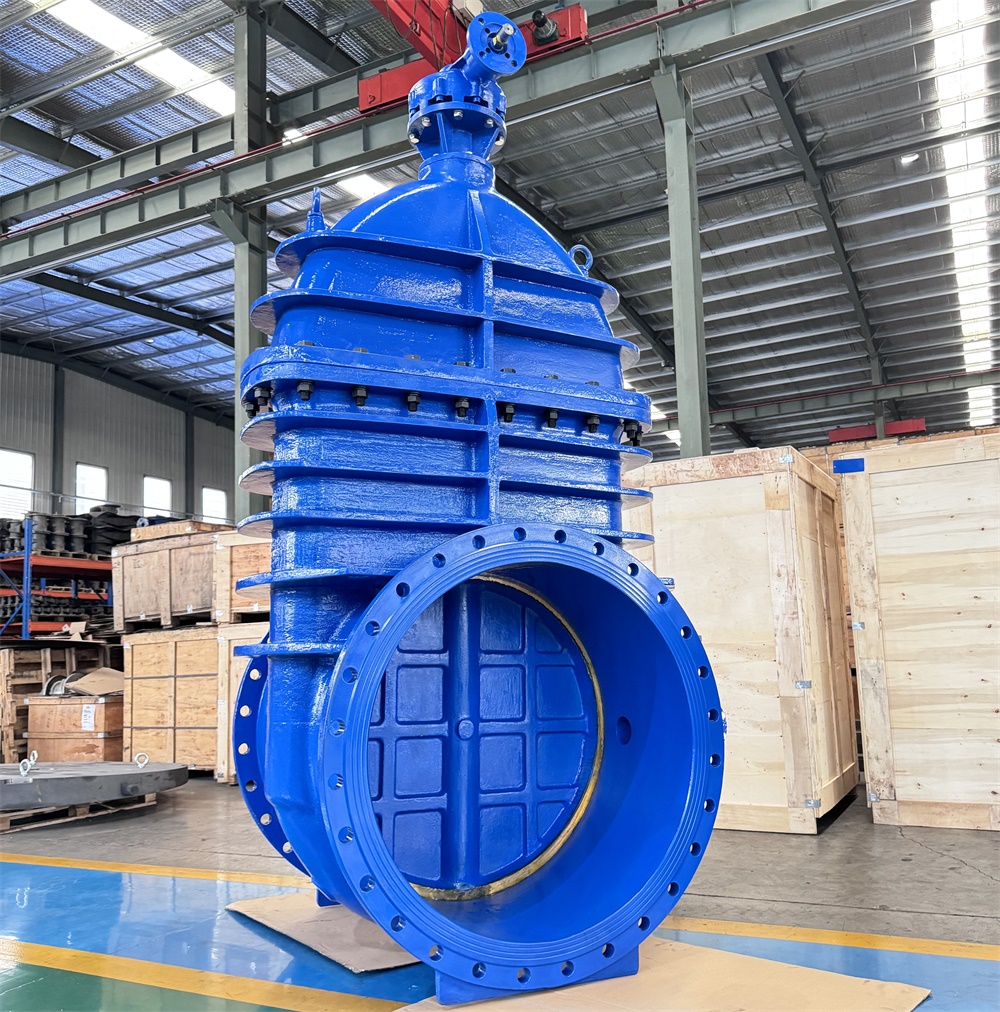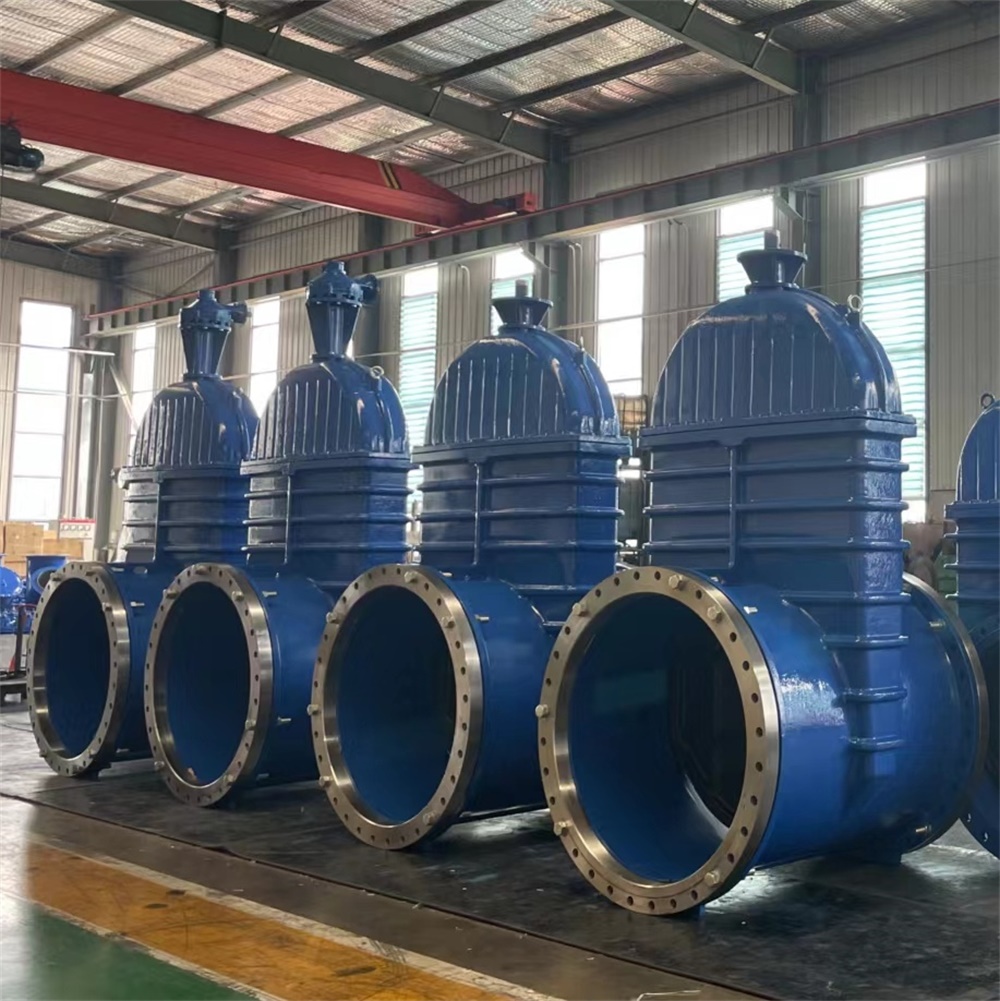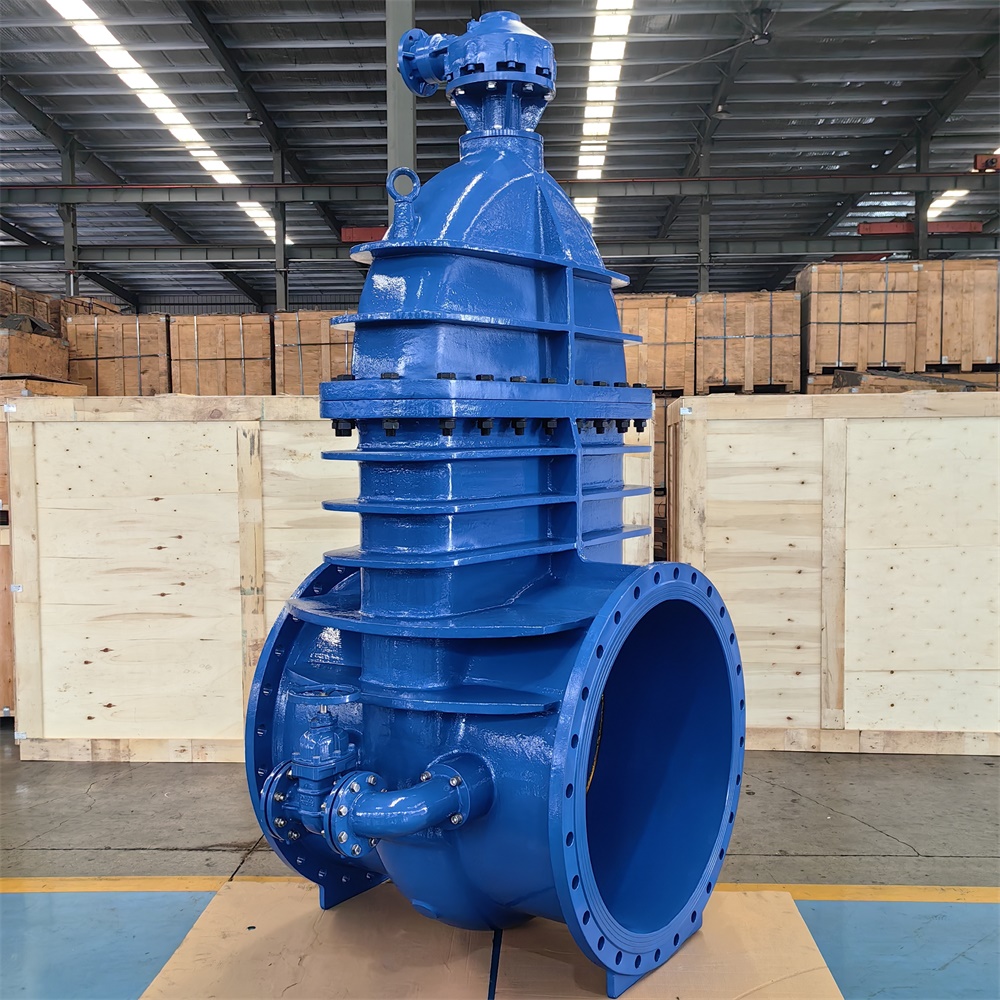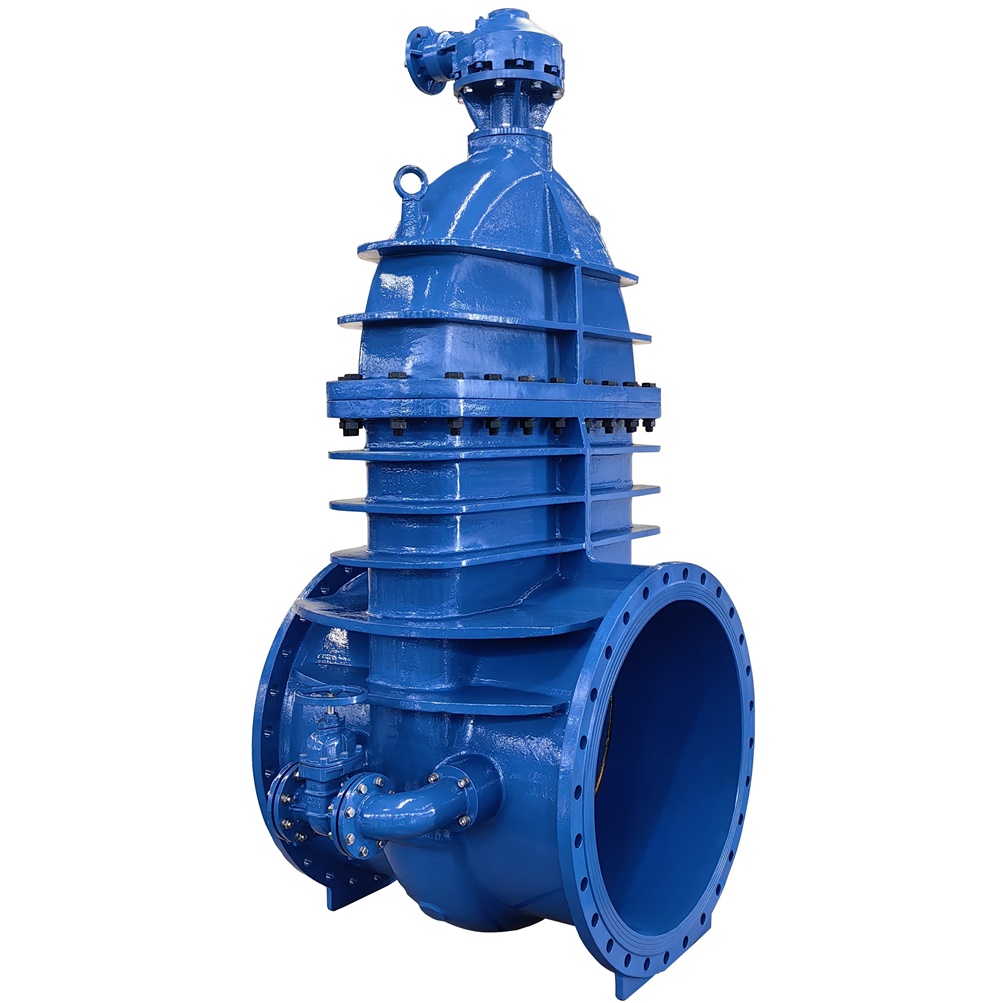Matters needing attention when opening and closing groove gate valve
Publisher:Botou ValveGroove gate valve is a mechanical product subject to internal pressure. It is necessary to have sufficient strength and stiffness to support long-term operation without splitting and deformation. When designing and manufacturing grooved butterfly valves, the blocking force and moment should be lowered. For inflammable, explosive, toxic or spraying media, leakage is not permissible, so grooved butterfly valves must have a reliable sealing function. For cut-off valves, internal leakage is not permissible. Sealing function of grooved butterfly valve refers to the ability of avoiding medium disclosure in each sealing part of grooved butterfly valve. It is the most tense manual function policy of grooved butterfly valve. Leakage can cause material loss, environmental pollution, and things when tense. There are three sealing parts of the grooved butterfly valve: the dry gorge between the opening and closing parts and the sealing surface of the valve seat; the matching place between the filler and the stem and the filling box; and the adjacent place between the valve body and the cover.
The groove gate valve is coated with non-toxic epoxy resin, which can avoid corrosion and rust. It can not only be used for raw water, but also for sewage system. With grooves at both ends and clamps connected to the fluid pipeline, compared with the previous linking or clamping linking in France, manufacturing materials are greatly saved and China's energy saving and emission reduction strategy and policy are complied with. If it is found that the flow rate of the system is too large or too small, the possible reason is that the impurities in the pipeline element device are blocked on the valve plug, the ball valve can be closed for 3-5 minutes, then if it is lighter blockage, it can be eliminated actively. If it can not be eliminated, it is necessary to open the valve to see to eliminate the blockage.
Cautions for opening and closing groove gate valves:
1. Gate valves and globe valves are not available for use as control gates, so as not to cause erosion wear and tear, resulting in inadequate valves.
2. Explain the two series valves. When opening, it must be done in sequence, because the valve that opens after is most impacted. In order to protect the tightness of the first door, we must open it all once before opening the second door. When closing, the door should be closed twice, then once, etc.
3. Correct use of small bypass doors for heating and balancing pressure;
4. If the groove butterfly valve is found to be inadequately closed, it can be closed tightly without allowing the working substance to flow through the valve for a short time and flushing away impurities.
5. Check drains regularly to ensure tight closure. When operating drains, they should also be operated in series according to the sequence of valve switches. When switching, attention should be paid to: opening only one slot is easier to wear because of the small flow area, and should be as large as possible;
6. When there is a slight leakage on the valve disc root in operation, the relevant personnel should be promptly notified and handled.
7. When the manual valve is fully opened, it should return to half circle or one circle.
8. Do not use large F wrenches (or sleeves) to help open small manual valves;
9. After the electric valve has passed the moment, the thermotechnicians and maintenance personnel should be notified to deal with it. It is not often possible to open and close the valve manually.
10. When the valve is closed, it should not be too dead to prevent damage to the valve.
Next:Nothing!




